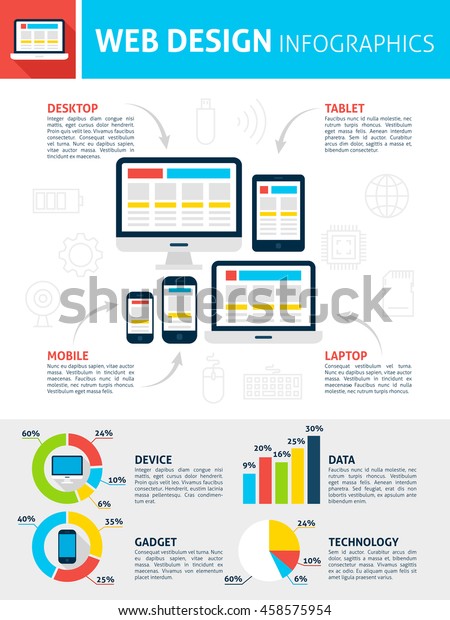Fascinated In Learning How Internet Site Layout Has Progressed Throughout The Years? Discover The Trip From Uncomplicated Designs To User-Centered Approaches
Fascinated In Learning How Internet Site Layout Has Progressed Throughout The Years? Discover The Trip From Uncomplicated Designs To User-Centered Approaches
Blog Article
Web Content Author-Hartley Dalby
In the past, websites were basic and concentrated on details. Navigating was straight, and style was for desktops. Now, user experience is key. Data overviews designs for easy navigation. Receptive designs fit various tools. Today, dark mode minimizes strain, and minimal food selections boost navigating. Interactive functions involve customers, and strong visuals attract attention. AI assimilation boosts engagement. See just how design has actually progressed to improve your on-line trip.
Very Early Days of Website Design
In the early days of web design, simplicity reigned supreme. Web sites were fundamental, with limited shades, typefaces, and layouts. The emphasis got on giving information instead of showy visuals. Users accessed the web through slow dial-up connections, so speed and functionality were vital.
Navigating food selections were straightforward, generally situated at the top or side of the web page. Web sites were made for desktop computers, as mobile browsing had not been yet prevalent. Material was king, and developers prioritized easy readability over complicated layout aspects.
HTML was the key coding language used, and designers needed to work within its constraints. Animations and interactive functions were minimal compared to today's standards. Internet sites were static, with little dynamic web content or personalized individual experiences.
Increase of User-Focused Style
With the advancement of internet site layout, a shift in the direction of user-focused design concepts has become progressively prominent. Today, creating internet sites that focus on individual experience is essential for engaging visitors and accomplishing service goals. User-focused design entails comprehending the needs, choices, and behaviors of your target audience to tailor the website's format, web content, and includes accordingly.
Designers now conduct complete research study, such as individual studies and functionality screening, to gather insights and comments directly from users. https://www.entrepreneur.com/article/370201 -driven method aids in producing instinctive navigation, clear calls-to-action, and aesthetically enticing interfaces that reverberate with site visitors. By placing the customer at the center of the design procedure, web sites can deliver a much more personalized and satisfying experience.
Responsive layout has actually also become a key element of user-focused design, ensuring that web sites are optimized for numerous tools and display sizes. This adaptability enhances ease of access and usability, catering to the varied ways customers engage with web sites today. Fundamentally, related webpage of user-focused design symbolizes a shift in the direction of developing electronic experiences that focus on the requirements and expectations of the end individual.
Modern Trends in Web Design
Discover the most recent fads shaping web design today. One noticeable fad is dark mode style, offering a smooth and modern-day appearance while lowering eye strain in low-light settings. An additional crucial pattern is minimal navigation, streamlining food selections and improving customer experience by concentrating on essential elements. Including micro-interactions, such as computer animated buttons or scrolling effects, can develop a more appealing and interactive web site. Responsive layout stays crucial, guaranteeing seamless user experiences throughout different gadgets. Additionally, utilizing strong typography and unbalanced designs can add aesthetic interest and draw attention to certain web content.
Incorporating AI modern technology, like chatbots for customer support or tailored recommendations, improves customer engagement and improves procedures. Accessibility has additionally end up being a considerable trend, with developers focusing on comprehensive layout techniques to cater to diverse user needs. Embracing sustainability by optimizing internet site efficiency for speed and performance is an additional emerging pattern in website design. Collaborating with user feedback and information analytics to repeat and improve layout continually is essential for remaining relevant in the ever-evolving digital landscape. By embracing these modern-day fads, you can develop an aesthetically appealing, straightforward internet site that reverberates with your target market.
Conclusion
As you reflect on the evolution of site style from the very early days to now, you can see how user-focused layout has actually ended up being the driving pressure behind modern trends.
Welcome the trip of change and adjustment in web design, always keeping the individual experience at the center.
Keep current with the most recent trends and innovations, and never stop advancing your strategy to develop aesthetically sensational and straightforward sites.
Advance, adjust, and create - the future of website design remains in your hands.
